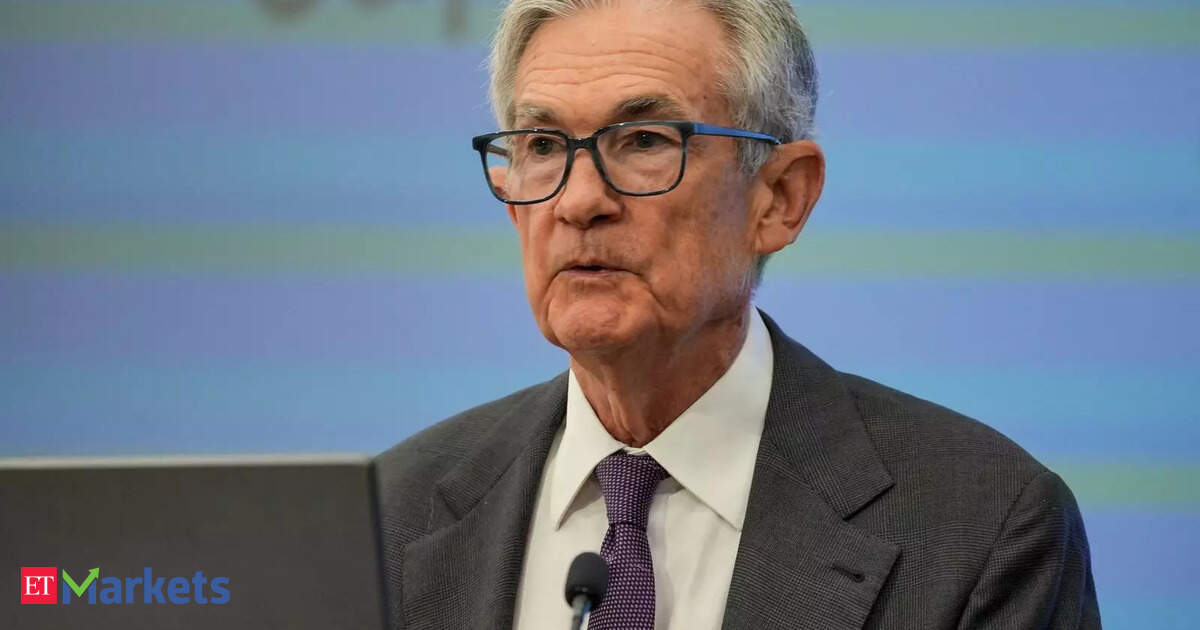They got exactly what they were looking for on Friday, when the Fed chair unleashed the biggest cross-markets surge since April by striking a dovish tone during a highly anticipated speech.
Treasuries rallied, driving two-year yields down as much as 12 basis points, and futures traders made bets that a September rate cut is very likely after Powell said the “shifting balance of risks may warrant adjusting our policy stance.”
The S&P 500 Index rebounded from a five-day slide, rising 1.5% and closing just shy of a record high. Meanwhile, the Russell 2000 surged almost 4% on the back of rate- and economically-sensitive stocks. The dollar slid and risk assets like Bitcoin gained, anticipating the central bank will use policy to spur growth. Gold rose 1%.
“This is an important shift for Chairman Powell,” said Matt Maley, chief market strategist at Miller Tabak + Co LLC. “The question for the markets now is whether concerns over slower growth will cause earnings to decline, but the Fed is not going to create significant headwinds for investors.”
 Bloomberg
BloombergPowell’s speech at the annual Jackson Hole, Wyoming, symposium was eagerly awaited by financial markets, which early this month started pricing in near certainty that the Fed would cut interest rates by a quarter percentage point at next month’s meeting, the first reduction since December. With the job market losing steam, some options traders even bet on a half-point move — the sort of cut typically reserved for emergencies.
The speculation fanned risk sentiment across markets, propelling stocks to new record highs through late last week, despite concerns that President Donald Trump’s trade war is slowing the economy and worries that the Big Tech stocks driving the gains have run up too far. By April 14, the S&P 500 had rallied 30% off its early-April lows, when Trump’s tariff rollout briefly sent markets into a tailspin, largely due to the torrid advance of companies like Nvidia Corp. that are profiting from a surge of spending on artificial intelligence.
But over the last several days, doubts about the Fed’s next move started seeping in and some central bank officials warned a September cut wasn’t certain. The rally stalled after the government reported that wholesale inflation in July jumped by the most in three years, reigniting fears that stagflation could limit the central bank’s room to cut rates. That pulled the S&P 500 down for the five-straight days through Thursday and pushed up Treasury yields.

